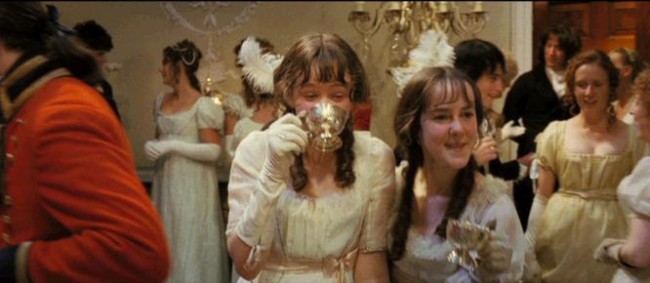Books don’t write themselves, as anybody could tell you.
While writing a book, I look more like this:
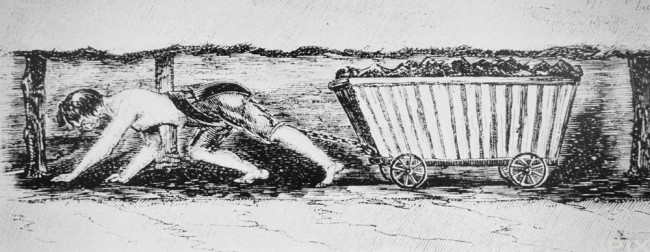
Than this:
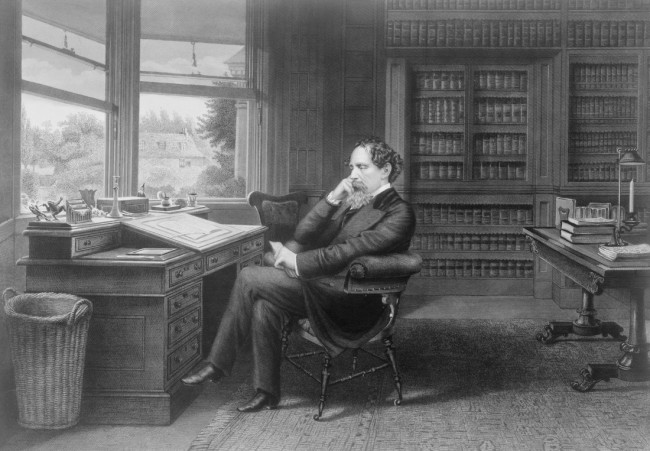
But what might not get as often a mention is that books also do not edit themselves. For that you need, at the very least, a beta-reader (mine is the unrivaled talent of Wendy Rathbone), and an editor. Also, as an author, you need to have your own Editor Hat. Mine is a top hat and this is what I look like when I’m wearing it:
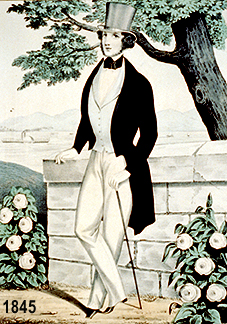
Why is my Editor Hat a Victorian-era top hat? Because in the era that I write about, all men wore hats, all the time. To do anything else was to demonstrate that you were not a gentleman.
And why must you be your own editor? Because after your beta and your editor give you their feedback (sometimes multiple times, thank goodness), you yourself, as the author, have the final say as to what will make it into the book and what will not.
During the final say, you must take off your Author Hat (I don’t have an Author Hat, because, as you can see by the top illustration, any sort of hat would just get in the way, as the shafts used to haul the writing out of the pit are very low), and also take off your your Editor Hat, and put on your Reader Hat. Here’s what I look like in my Reader Hat:
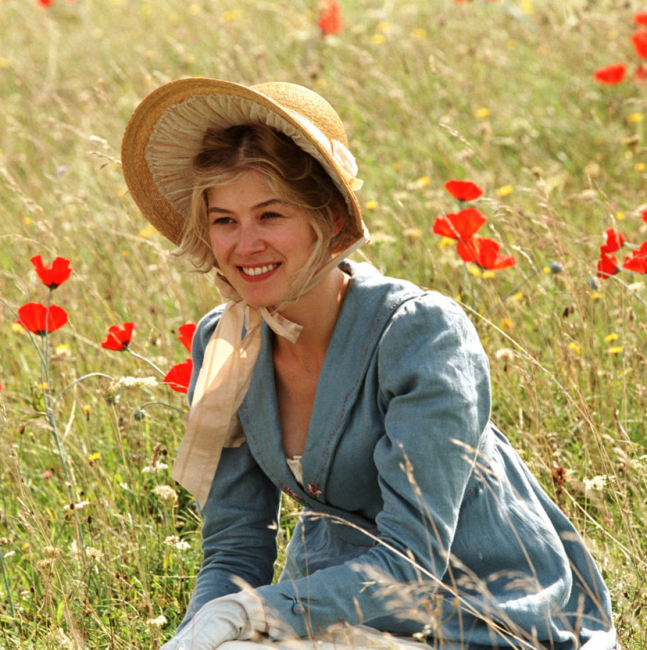
Why am I male in my Editor Hat and female in my Reader Hat? Well, that’s because I’m female, and I want to approach the book that I have just written as one of my readers might. And since I imagine that the majority of my readers are female, needs must, and so I have a lovely straw poke bonnet upon my head.
And hey, if there are male readers out there that I’ve not been made aware of, I imagine that they might wear a different type of straw hat, such as this:
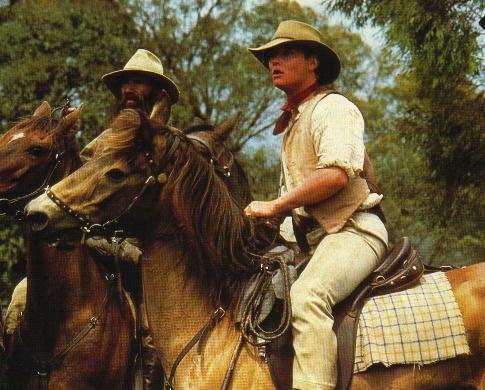
Oh wait, he’s wearing a felt hat. Never mind, he looks lovely in it.
While you have your Reader Hat on (and you might also be wearing your Editor Hat beneath it), you should read your book from start to finish, so see how the whole of it might affect the reader.
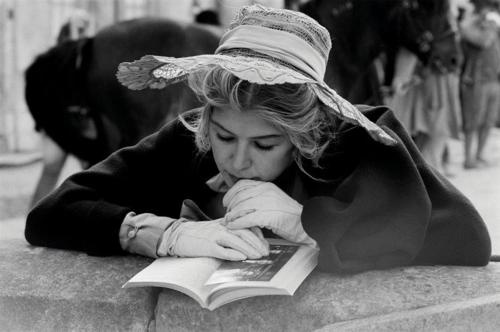
And along the way, because you’re also wearing your Editor Hat, you might find a few things to tweak or adjust, minor things, that make the story tighter and stronger.
Here’s me in my Editor Hat again.
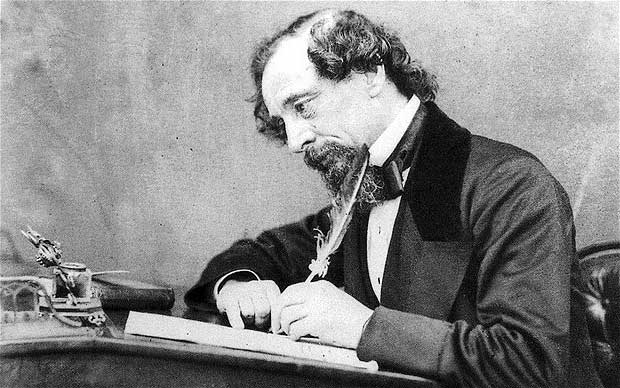
Oh wait, that’s Chuck, busy with his own stuff.
And here is a group of editors, all wearing their hats, just waiting to get a chance to take a whack at my final draft.
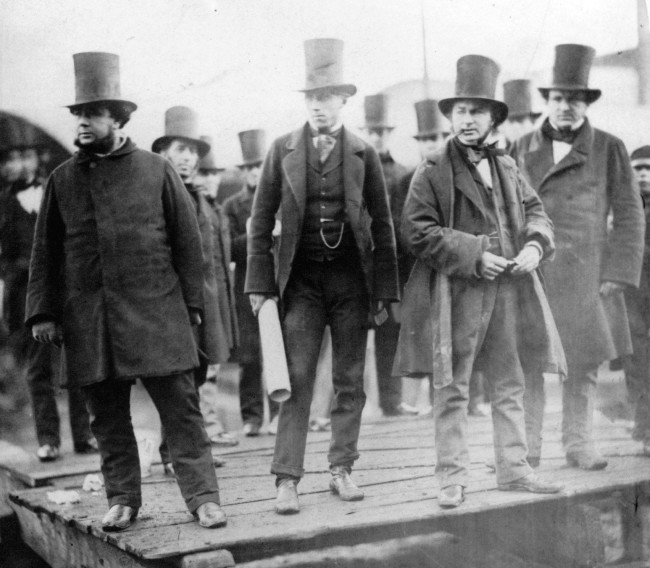
But never mind them, here’s what the final draft looks like, at the coffee shop (drinking a White Mocha, No Whip) while I do my final read-through:
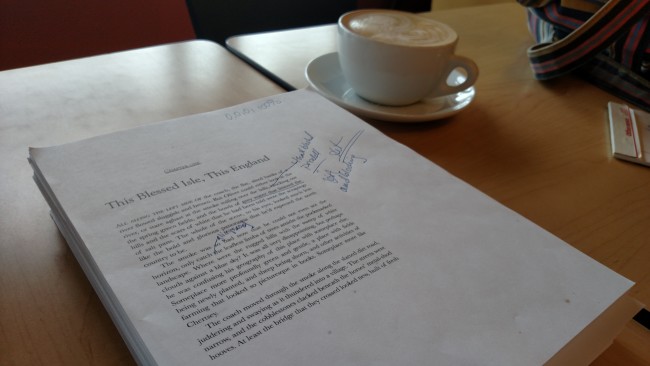
It takes me about two or three mornings at coffee shop to do a final read-through, depending on the length of the book. Then I take the printout home, with my notes scribbled all over it, and begin the process of entering the notes. Which, at the beginning, looks like this:
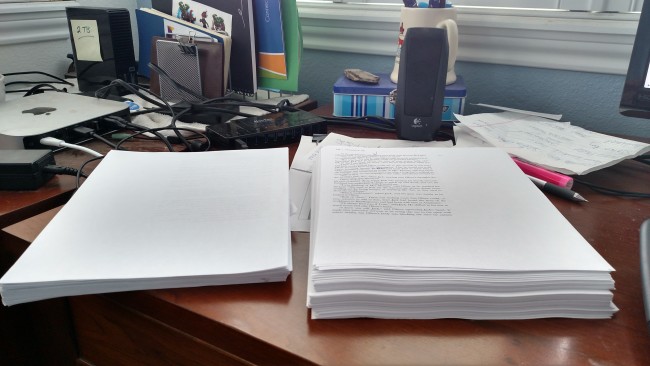
And a little bit like this:
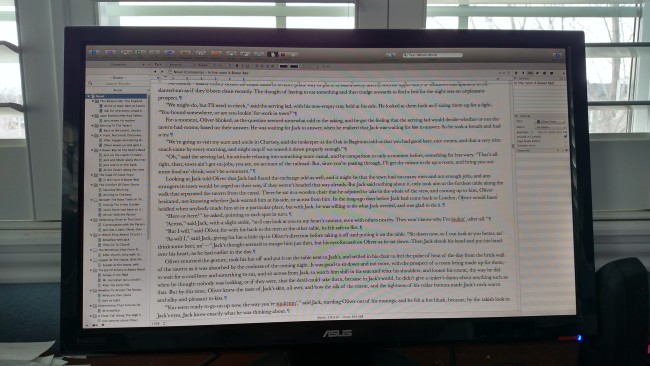
And a little bit like this:
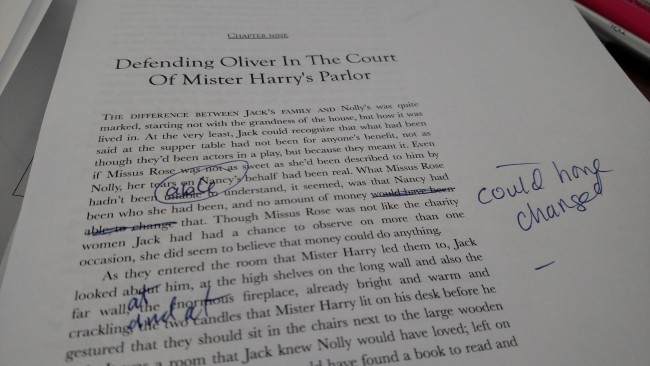
Until finally, it looks like this:
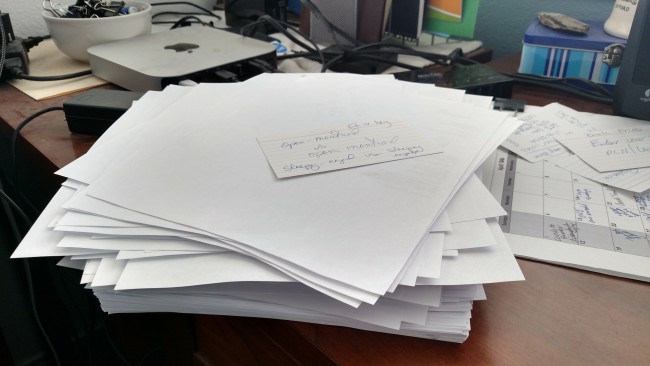
The final three by five card on the top of the stack is a note to myself to do a final search on whether I used “open mouthed” (with no hyphen) or “open-mouthed” (with a hyphen.) And yes, I do go to that level of detail. After which, it’s time for a drink; notice not only the lack of bonnet, but the lack of propriety!
